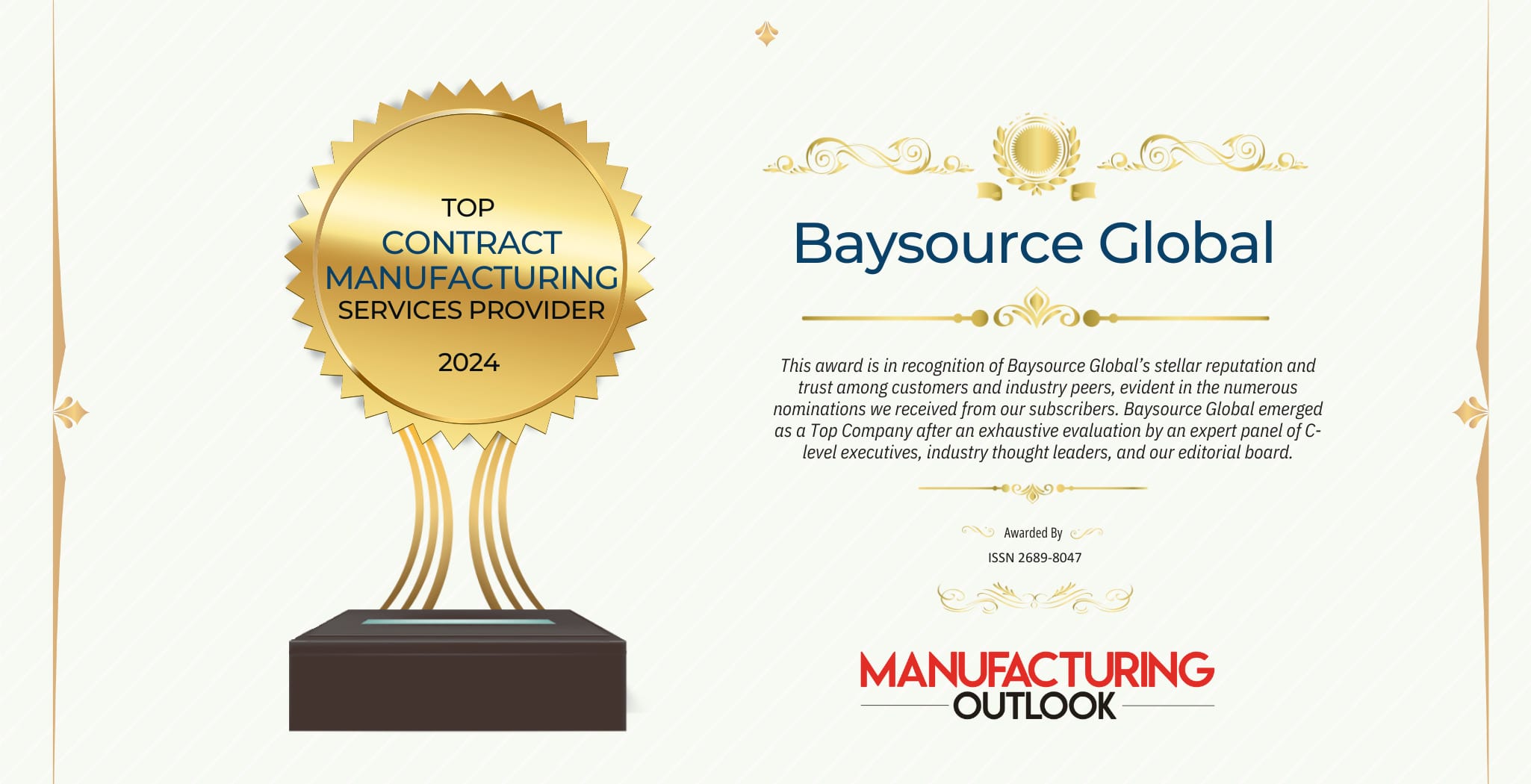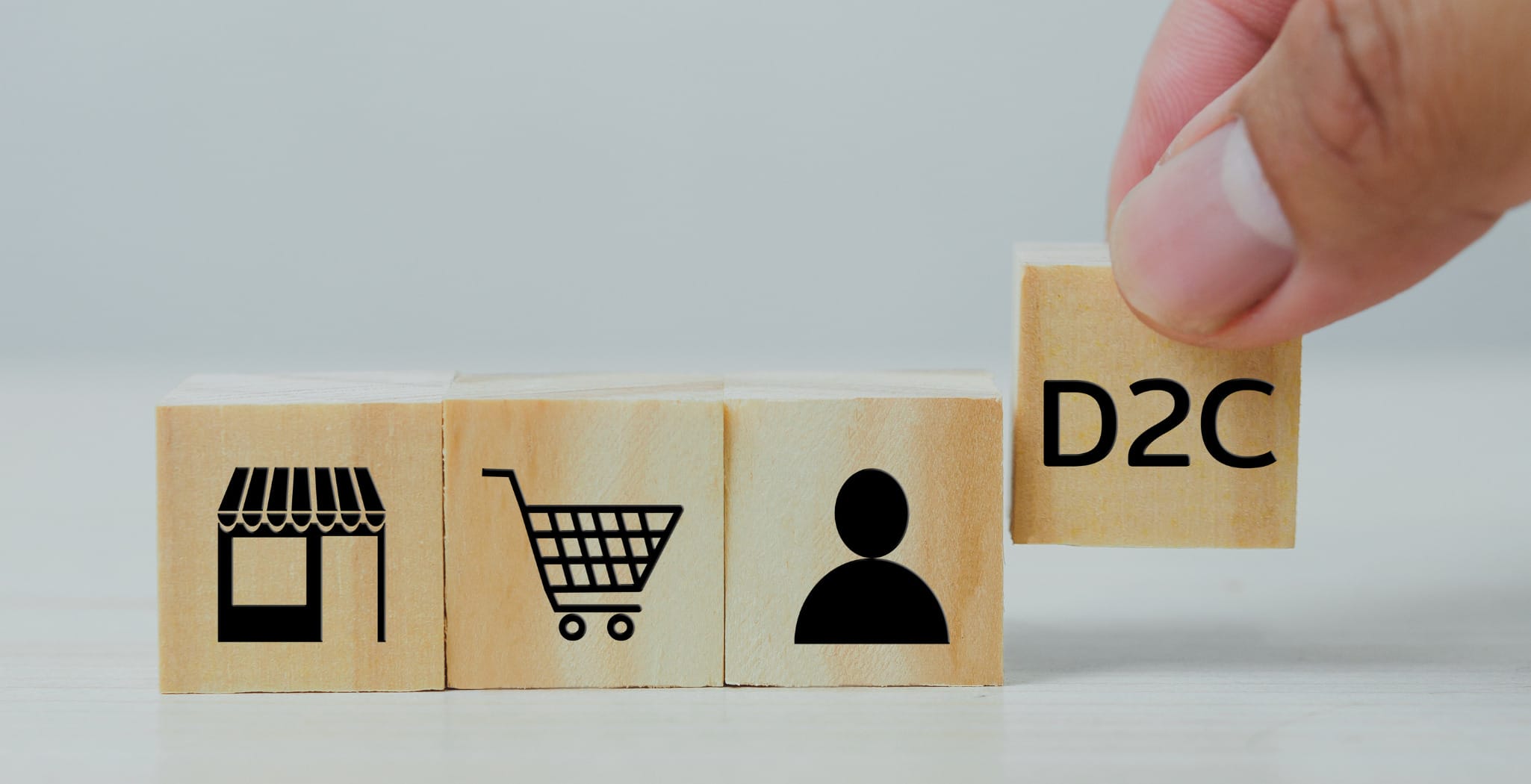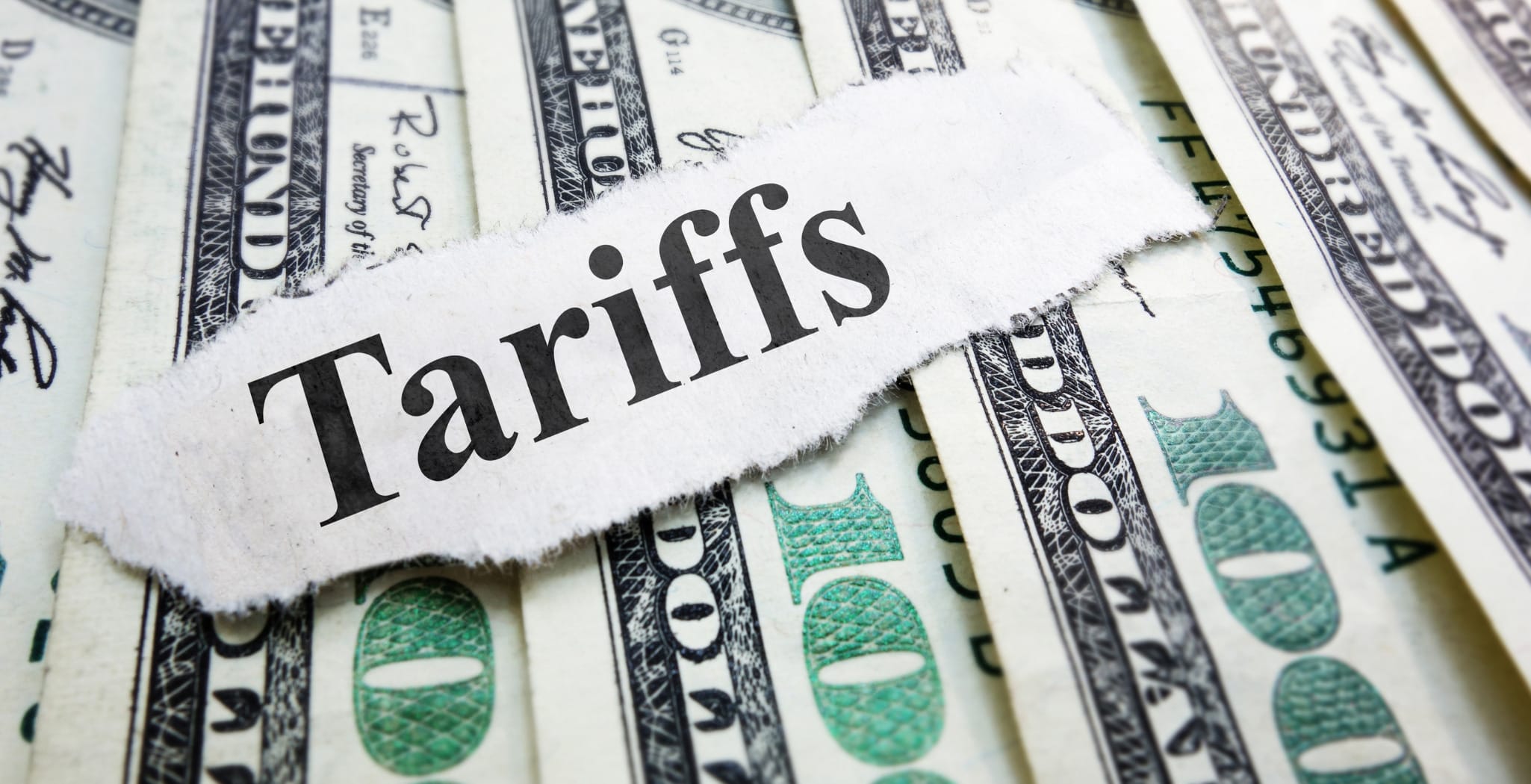The following article is the final installment in our monthlong Promo Marketing Headlines series titled, “From Reactive to Proactive: Redefining Safety Standards in the Promotional Industry.” For the past four weeks, we’ve discussed product testing, quality assurance and how both suppliers and distributors can work in tandem to ensure the items they sell are safe for children and adults alike. Read on for the last chapter, which addresses the dangers and benefits of offshore manufacturing. From Promo Marketing Magazine written by Christen GruebelPart 4: The Global Sourcing Gamble There’s a reason why Tylenol is still on drugstore shelves across America. Johnson & Johnson’s response to its 1982 cyanide debacle (and the subsequent redux in 1986) was prompt, honest and ethical. It’s really no wonder, even 25 years later, the event is still upheld by public-relations practitioners as the paradigm for crisis management.
Accepting blame is certainly tougher than assigning it, yet what saved the Tylenol brand was swift admission, and an open line of communication between Johnson & Johnson and America.
While this situation and that of the recent product recalls have similar elements, in today’s news stories, by contrast, the perceived “enemy” of global outsourcing has taken center stage as the guilty party—not the companies.
They may be apologizing. They may be collecting harmful items. Yet, the common implication that China is at fault for each and every product defect is a conception that they aren’t going far to discourage, either.
Shades of Gray
It’s no coincidence that with cheap labor comes the added risk of sub-par quality, however, there’s a big difference between design flaws and manufacturing defects. According to a study titled, “Toy Recalls—Is China Really the Problem?,” published in the September 2007 issue of the Asia Pacific Foundation of Canada’s proprietary publication, Canada-Asia Commentary, “A design problem will result in an unsafe toy irrespective of where it is manufactured. … Only toy companies can prevent problems associated with designs.”
For example, instances with lead paint are manufacturing defects. But anytime a recall involves something like choking hazards or sharp points—it’s a design flaw. Whether the mistake occurred in the Chinese factory or in the boardroom where the design was finalized, one fact must hold true: A company must accept accountability for the products it puts on the shelves.
“Product recalls have happened across a vast number of industries for a good number of decades, regardless of their manufacturing origin,” noted David Alexander, president of BaySource Global—a sourcing company that partners with American companies to facilitate day-to-day business dealings in Asia. He added, “Any company marketing and selling a product to the U.S. consumer is ultimately responsible for the safety and performance of that product.”
Cause and Effect Patterns
But why has China become the scapegoat? Mel Ellis, president of Humphrey Line, suggested it’s because, in general, trade with China just isn’t fair trade. And the reasons that send American companies overseas—cheap labor, low overhead—are the very same ones that lead to product defects. “There is no effective OSHA in China, and they recently executed the head of their FDA. They can use child labor … their wages are very low,” he added. Not to mention, Ellis said, “We know that our intellectual property rights are not respected in China.”
To wit, most Chinese factories are far from centrally located. According to Don DePalma, president and chief research officer at Common Sense Advisory, a research and consulting firm based in Lowell, Mass. that aims to increase the quality of international business, “The reality probably is, the factories that you’re operating in are not in the first-tier cities … but are probably in the third- and fourth-tier cities where labor is cheaper. And those are places where ‘you can’t get there from here.’”
Although Ellis manufactures his entire product line in the United States, he has a sense of how the recalls will affect promotional products suppliers and distributors, whether they import or not. “First, companies with very high brand equity values may be reluctant to trust our distributors to provide products that are free from defects. This may result in reduced demand …” He went on to say the potential for injury as well as significant financial liability for those involved in a recall will also contribute to a modicum of instability in the industry moving forward. However, he has hopes that China will respond from the market pressure to develop higher standards.
Yet, until that happens—and even after it does—the burden of stewardship falls squarely on the shoulders of the company that puts out the product. DePalma maintained that it will cost more for companies to adhere to more stringent corporate principles, but in the long run, the potential for brand damage is too great not to.
Outsourcing Infrastructure
Whether you’ve already gone overseas, are weighing the advantages or considering a partnership with a company that is doing either of the above, the tips below are good starting points to ensure safety and quality assurance at every turn.
• Develop a code of ethics and stick to it. This step is simple. If your company does not have corporate moral code, create one. Determine the values upper management wishes to uphold and keep the line firm through every offshoot of the company. Alexander discussed some common elements in the factories he uses that ensure the working conditions are above reproach—that they are safe, clean, pay fair wages and are free of child labor. This is an important way to do due diligence with regard to offshore manufacturing, and as an added benefit, it helps maintain brand integrity.
• Keep quality control stateside. While numerous suppliers readily admit to allowing their Chinese manufacturers to take the lead in testing and product safety, some matters are best done in the homeland. Companies should have a usability lab, a safety lab and quality assurance lab in the United States, DePalma said. “It all comes down to the sorts of things that you hope are part of every company’s design and product-review process. … You want to make sure whatever you’re manufacturing does no harm.” Build quality assurance into the equation.
• Maintain an iron-clad “process.” Though quality needs to be a domestic concern, documenting standards for overseas manufacturers will leave corporate expectations unambiguous. This process of checks and balances, said Alexander, is “cradle-to-grave.” He added, “This means creating a documented paper trail outlining all specifications and requirements for a product from inbound raw materials inspections, in process quality systems, all the way to packaging and shipping.” Bear in mind, the process also must be correctly translated.
• Bring a third-party inspections company on board. Companies such as Alexander’s BaySource Global have overseas teams that can handle the ins and outs of global sourcing so you don’t have to. Among other things, Alexander reported that companies trying to do this on their own typically make mistakes in the following: “Not performing quality audits at factories …, making broad assumptions that what was said was understood, leaving anything to chance, not having someone present during manufacturing runs, [and] … not managing the process.” Similarly, if the third-party contractor has locations overseas, conducting unannounced factory checks is a more practical possibility.
• Expect to pay more. The catch-22, of course, is that while suppliers of promotional products might go to China because the price can’t be beat, cementing responsible business practices will add to the bottom line. While Alexander maintained that the extra costs incorporated into the product are far outweighed by the benefit of his company’s services, at the end of the day, whether or not a company can allocate its budget to accommodate these extra expenses is a choice, not a law.
Stories that relate to this series:
CCTV International—
“China: New quality standards cause toy recall”




Follow Us